
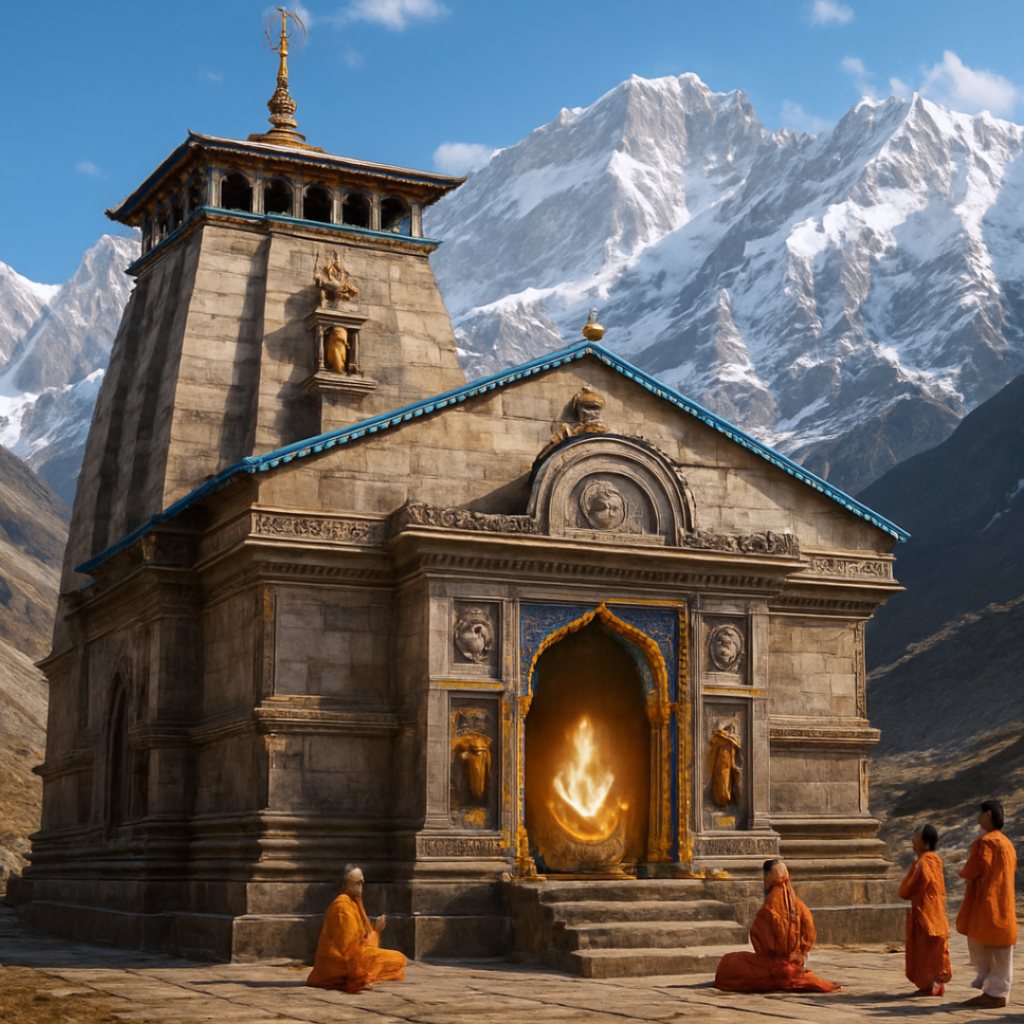
Kedarnath temple

Kedarnath Temple, Rudraprayag, Uttarakhand
Kedarnath Temple is one of the holiest Hindu pilgrimage sites dedicated to Lord Shiva. Nestled in the Garhwal Himalayas at an altitude of 3,583 meters (11,755 feet), it is one of the twelve Jyotirlingas and a crucial part of the Char Dham Yatra. The temple, surrounded by snow-capped peaks and breathtaking landscapes, offers a spiritually uplifting experience for devotees and adventure seekers alike.
Kedarnath Temple Features
Explore this list for the features of Kedarnath Temple/ kedarnath uttarakhand:
Stone Architecture – The temple is built with massive grey stone slabs, designed to withstand extreme weather conditions.
Jyotirlinga Shrine – The Kedarnath Jyotirlinga, a naturally formed conical rock, represents Lord Shiva in his Sadashiva form.
Scenic & Spiritual Vibes – Surrounded by the Kedarnath range and glaciers, the temple offers a breathtaking and serene spiritual ambiance.
Samadhi of Adi Shankaracharya – A sacred spot near the temple, marking the final resting place of the great saint Adi Shankaracharya.
Kedarnath Trek – The challenging yet rewarding 16 km trek from Gaurikund passes through mesmerizing valleys, waterfalls, and lush landscapes.
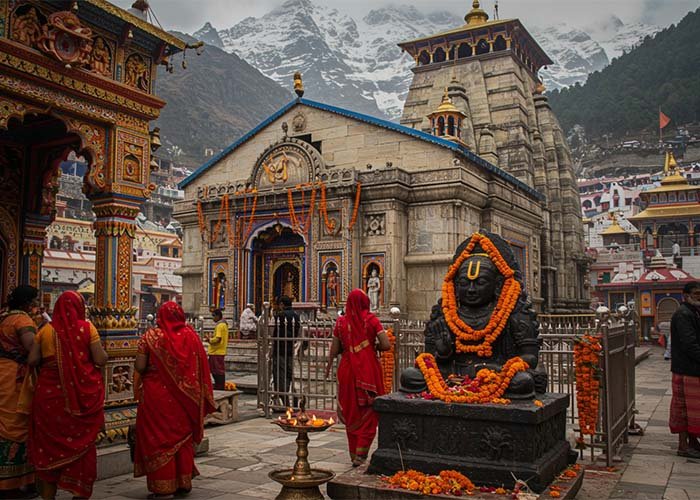
Uttarakhand Kedarnath Temple Location
Kedarnath, Rudraprayag District, Uttarakhand, India Located in the Himalayan region near the Mandakini River, the temple is accessible only via a 16 km trek from Gaurikund. The nearest railway station is Rishikesh (216 km away), and the closest airport is Jolly Grant Airport, Dehradun (238 km away). Helicopter services are available from Phata, Guptkashi, and Dehradun for easy access.
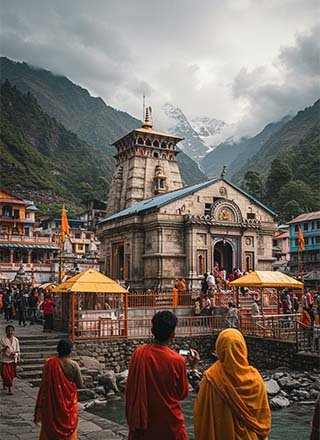
Kedarnath Temple History
The temple is believed to have been originally built by the Pandavas from the Mahabharata era after the Kurukshetra war. Adi Shankaracharya reconstructed the temple in the 8th century, establishing it as a major pilgrimage center. Despite facing severe natural disasters, including the 2013 flash floods, the temple miraculously survived, reaffirming its divine significance.
Nearby Attractions of Kedarnath Temple
Check out some nearby attractions of Kedarnath Temple:
Gaurikund – The starting point of the Kedarnath trek, believed to be where Goddess Parvati performed penance to marry Lord Shiva.
Vasuki Tal – A stunning high-altitude glacial lake, located 8 km from Kedarnath.
Bhairavnath Temple – A temple dedicated to Bhairav, the protector deity of Kedarnath.
Triyuginarayan Temple – A sacred site where Lord Shiva and Parvati’s wedding took place.
Rudra Cave – A peaceful meditation cave near Kedarnath, where PM Narendra Modi meditated in 2019.

Nearby Attractions to Cover Near Kedarnath Mandir
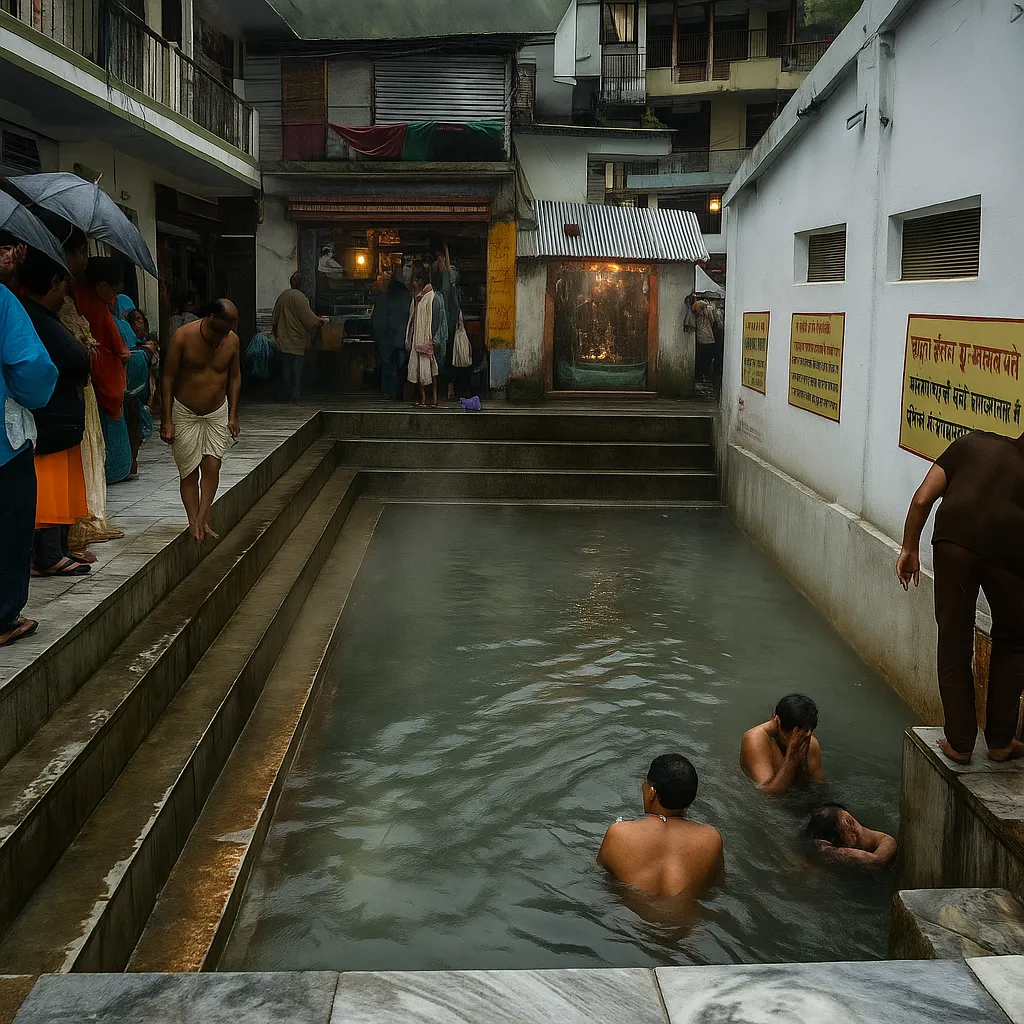
Gaurikund
Gaurikund is the base and starting point of the Kedarnath trek, believed to be the place where Goddess Parvati meditated to win Lord Shiva’s love. It features a natural hot water spring and a temple dedicated to Goddess Gauri.
Best Time to Visit: May to June, September to October.
Timings: Open all day during the yatra season.
Entry Fees: No entry fee.
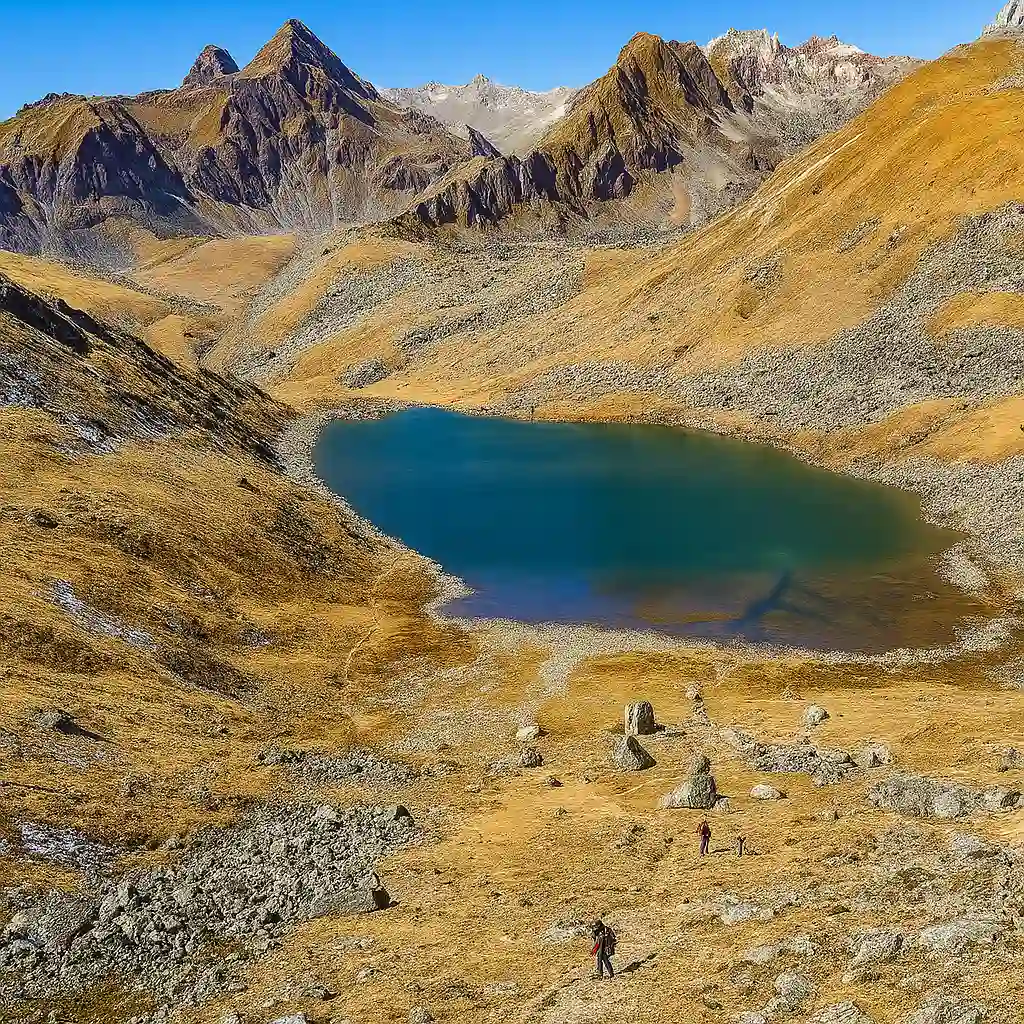
Vasuki Tal
Vasuki Tal is a serene glacial lake located at an altitude of about 4,135 meters, around 8 km from Kedarnath. Surrounded by Himalayan peaks, it offers a peaceful and scenic trekking experience.
Best Time to Visit: June and September (avoid monsoons and winter).
Timings: Trek accessible during daylight hours.
Entry Fees: No entry fee; guide charges may apply.
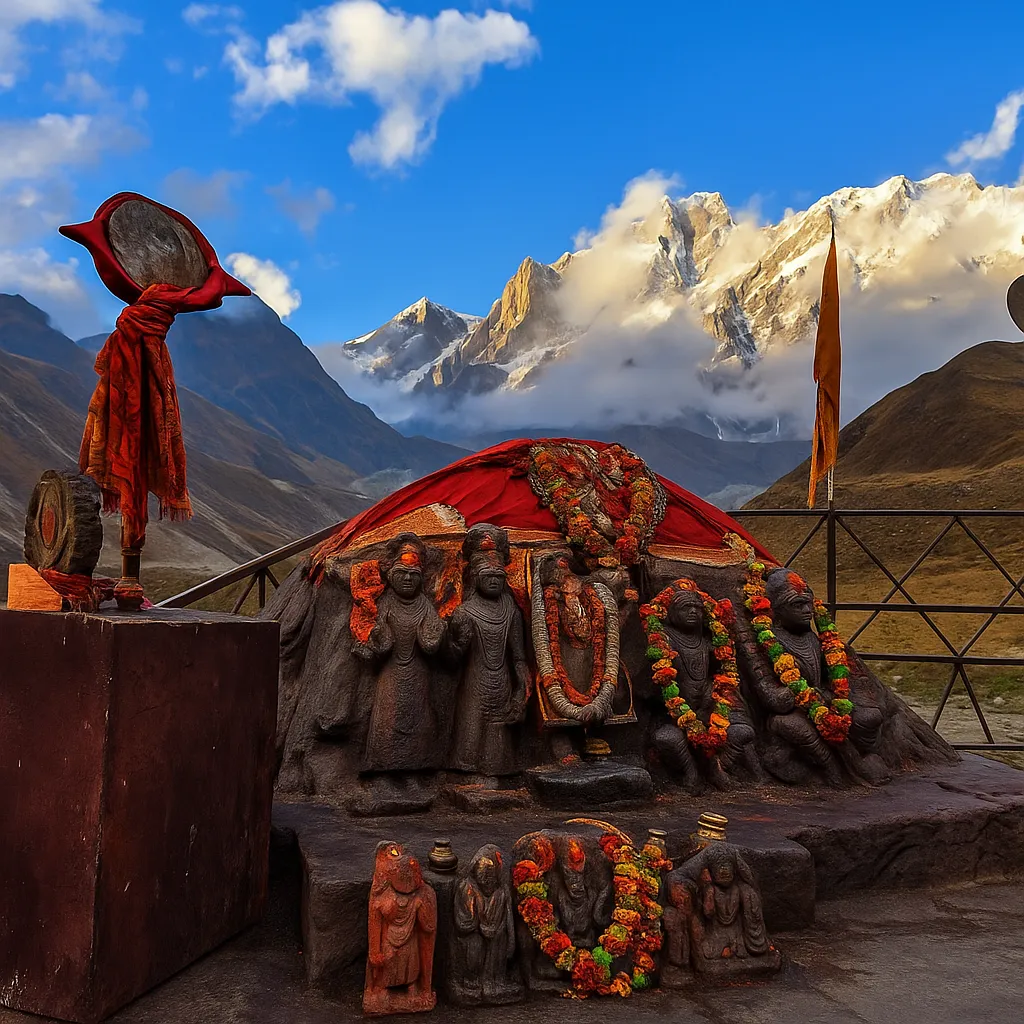
Bhairavnath Temple
Bhairavnath Temple is dedicated to Bhairav Nath, the fierce guardian of the Kedarnath Temple. It is believed that Bhairav protects the region during the winter months when the temple is closed.
Best Time to Visit: May to June, September to October.
Timings: 6:00 AM to 8:00 PM.
Entry Fees: No entry fee.
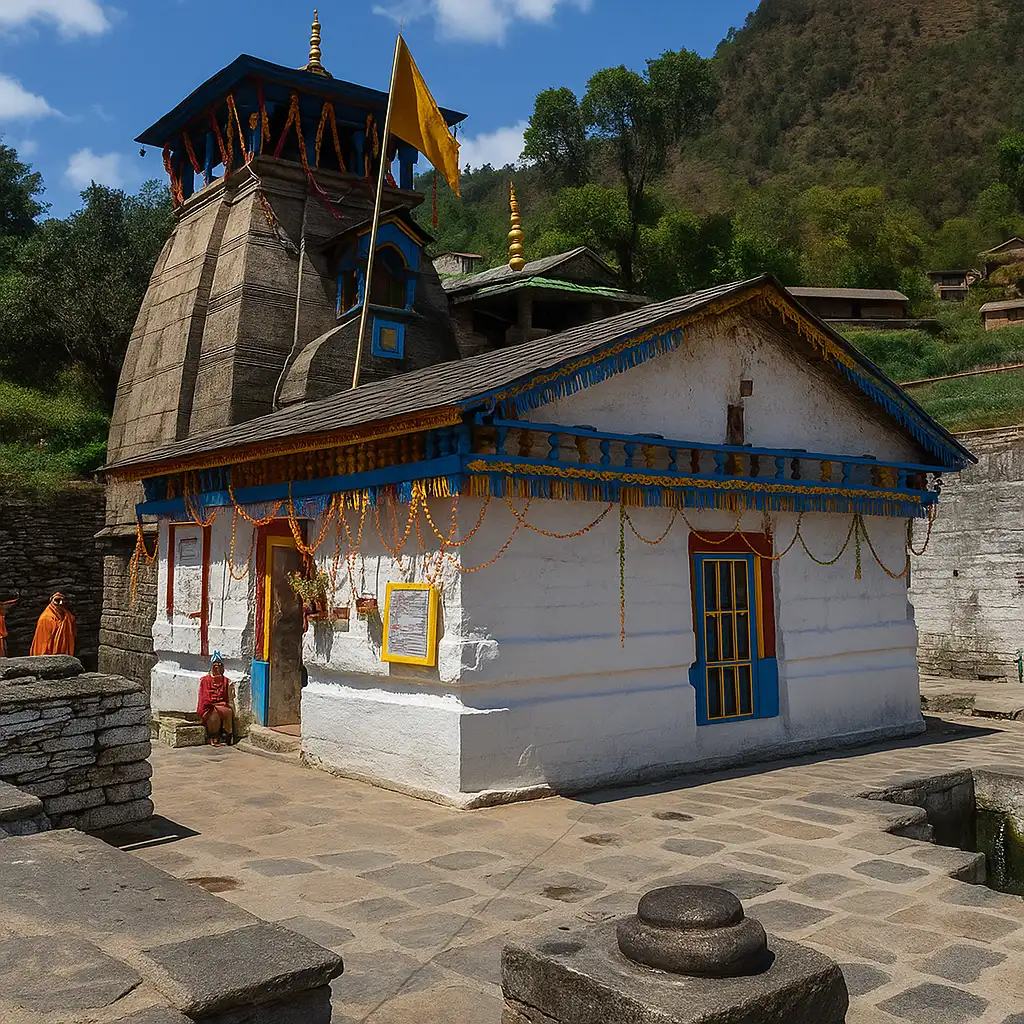
Triyuginarayan Temple
Triyuginarayan Temple is an ancient temple where Lord Shiva and Goddess Parvati’s celestial wedding took place, witnessed by Lord Vishnu. A sacred fire has been burning here since that time.
Best Time to Visit: Throughout the year; ideal months are May to November.
Timings: 6:00 AM to 7:00 PM.
Entry Fees: No entry fee.
Frequently Asked Questions
What is the Kedarnath height?
Kedarnath Temple is located at an altitude of approximately 3,583 meters (11,755 feet) above sea level in the Garhwal Himalayas of Uttarakhand.
In which month Kedarnath Temple is open?
The temple usually opens in April or May, depending on the Hindu calendar (Akshaya Tritiya), and closes around November due to heavy snowfall.
How can I go to Kedarnath by train?
The nearest railway station is Rishikesh or Haridwar. From there, you can travel by road to Gaurikund, the base point for the 16-18 km trek to Kedarnath.
Why is Kedarnath not in 4 Dham?
Kedarnath is part of the Chota Char Dham (Kedarnath, Badrinath, Gangotri, Yamunotri) in Uttarakhand, not the main Char Dham (Badrinath, Dwarka, Puri, Rameswaram) defined by Adi Shankaracharya.
Kedarnath Registration of 2025?
All pilgrims must register before visiting. The 2025 Kedarnath temple registration will likely open a few weeks before the temple opens and can be done via the official Uttarakhand Char Dham portal or app.
Other Jyotirlinga to Explore near Kedarnath Temple
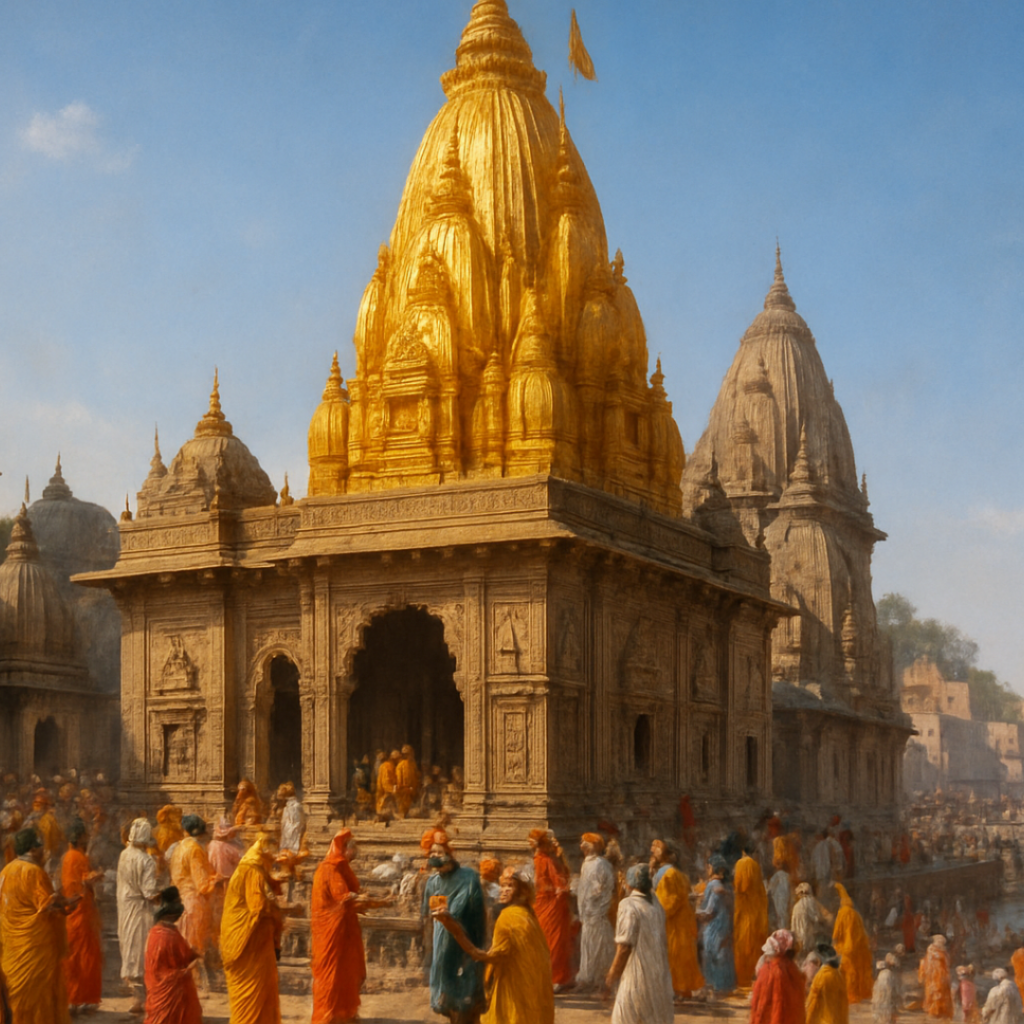
Situated in Varanasi, Uttar Pradesh, the Kashi Vishwanath Temple is one of the most famous Jyotirlingas. It stands on the western bank of the holy river Ganga and is a central part of Shaiva philosophy.
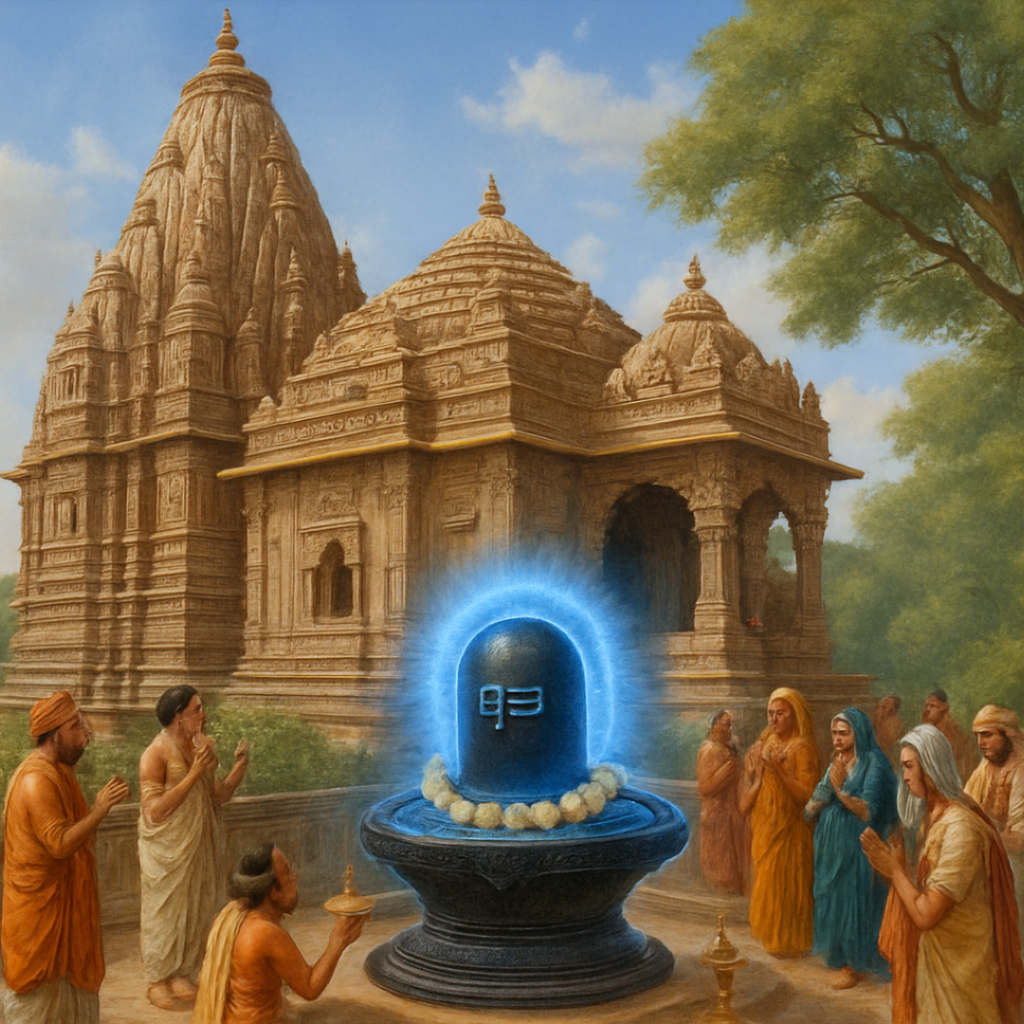
Mahakaleshwar Jyotirlinga Temple, Madhya Pradesh
Situated in Ujjain, Madhya Pradesh, the Mahakaleshwar Temple is one of the most revered Jyotirlingas. It is unique for its Bhasma Aarti, a ritual where the deity is worshipped with sacred ash.
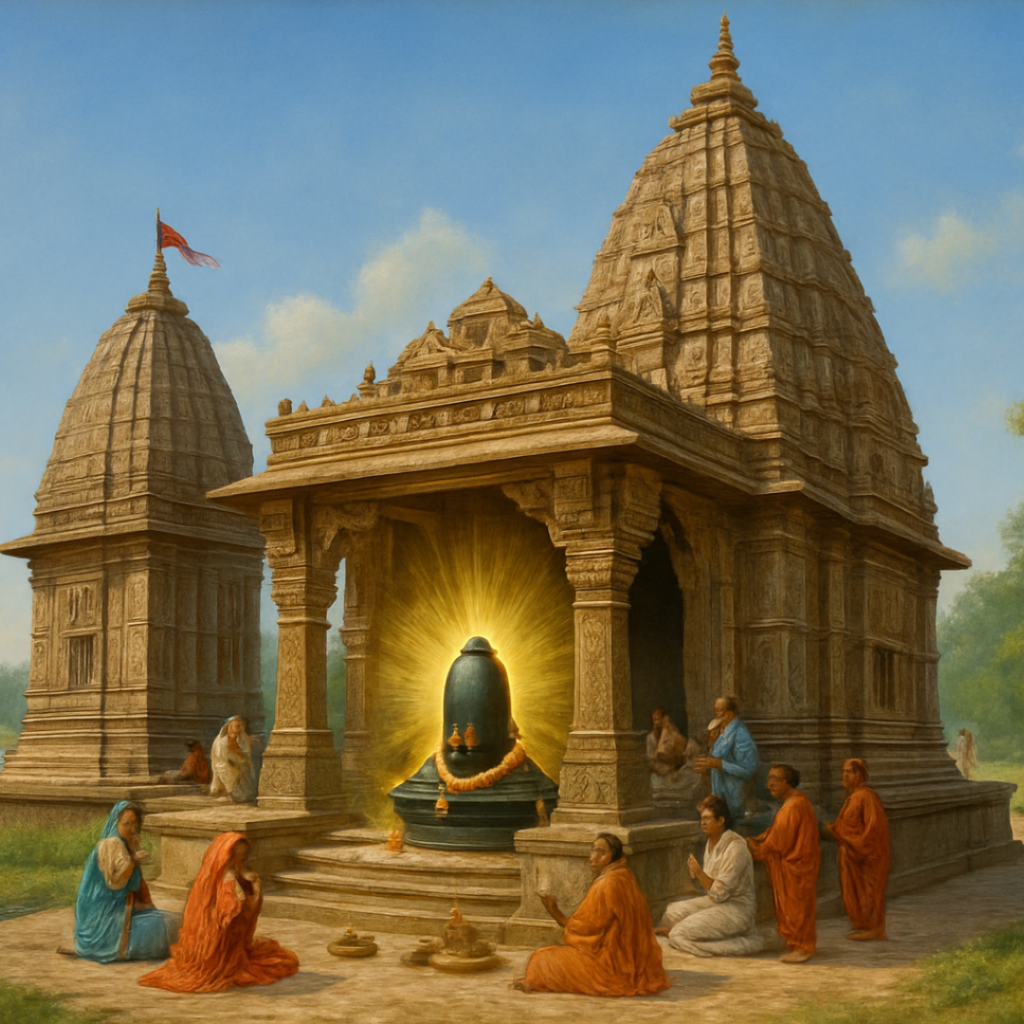
Baidyanath Jyotirlinga Temple, Jharkhand
Also known as Baba Baidyanath Dham, this Jyotirlinga is located in Deoghar, Jharkhand. It is considered a powerful site where devotees seek healing and blessings from Lord Shiva.